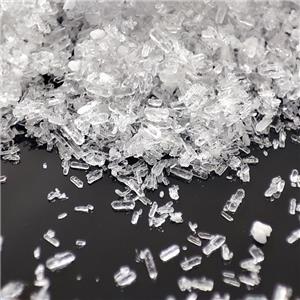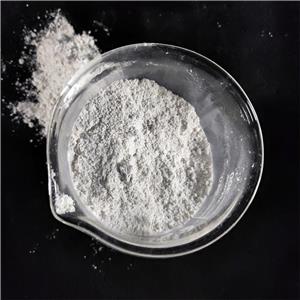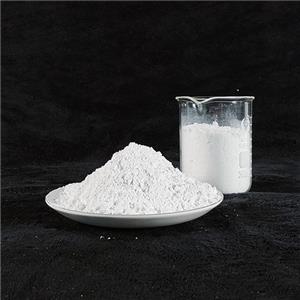What is the fire rating of MgO?
As an important building material, magnesium oxide (MgO) is widely used in the fields of construction, industry and fire protection due to its excellent fire resistance. MgO has a high melting point, good thermal stability and low thermal conductivity, making it an ideal fireproof material. Understanding the fire rating and application of magnesium oxide is essential to improving the fire protection capabilities of buildings.
Fire resistance of magnesium oxide
The fire resistance of magnesium oxide mainly comes from its non-combustibility and high melting point. The melting point of magnesium oxide is about 2800°C, which allows it to withstand extreme high temperatures without melting or decomposition. Therefore, in a fire, MgO will not participate in combustion or contribute to the fire, which distinguishes it from other ordinary building materials.
According to fire protection standards, MgO is recognized as a Class A fireproof material. Class A materials refer to materials that can withstand high temperatures and flame contact without contributing to the fire, releasing toxic gases or causing structural damage. This means that MgO can effectively prevent the spread of flames in a fire and will not cause additional harm to the surrounding environment. Especially in building structures, MgO can provide good fire isolation functions as fireproof panels, partition boards and ceiling materials.
Practical applications of MgO
The fireproof properties of magnesium oxide make it widely used in the construction industry. Building materials such as MgO fireproof panels and MgO panels are often used in the manufacture of firewalls, partition walls, ceilings and electrical equipment housings. Due to its excellent thermal insulation properties, MgO can effectively isolate the source of fire, slow down the spread of fire, buy precious time for personnel evacuation, and minimize the damage of fire to building structures.
In addition to the construction field, magnesium oxide also plays an important role in other industries. For example, in the protection of the housing of high-temperature equipment and industrial machinery, MgO's high temperature resistance enables it to protect the equipment from the hazards of fire. In the power industry, MgO is often used for fire protection of power equipment to ensure that the equipment can still operate stably under extreme environments.
Advantages and limitations of MgO
The advantages of magnesium oxide as a fireproof material are its high fire resistance, non-combustibility and good thermal insulation, which makes it of great value in fire protection. At the same time, MgO fireproof board not only has excellent fire resistance, but also is light, environmentally friendly, easy to process and install, and has a wide range of applicability.
However, magnesium oxide is not completely flawless. For example, despite its high melting point, in certain circumstances, MgO materials may be damaged or fall off due to prolonged extreme high temperatures or strong flames. Therefore, in some special high-temperature environments, magnesium oxide may need to be combined with other fireproof materials to further enhance the overall fireproof performance.
Conclusion
In summary, magnesium oxide (MgO), as a Class A fireproof material, has extremely high application value in the field of building fire protection due to its high melting point, non-combustibility and good thermal insulation properties. It can not only effectively prevent the spread of fire and reduce losses, but also provide reliable fire protection for building structures. Therefore, the application of MgO in modern buildings, industrial equipment and fire protection facilities will continue to provide important support for safe fire protection.




